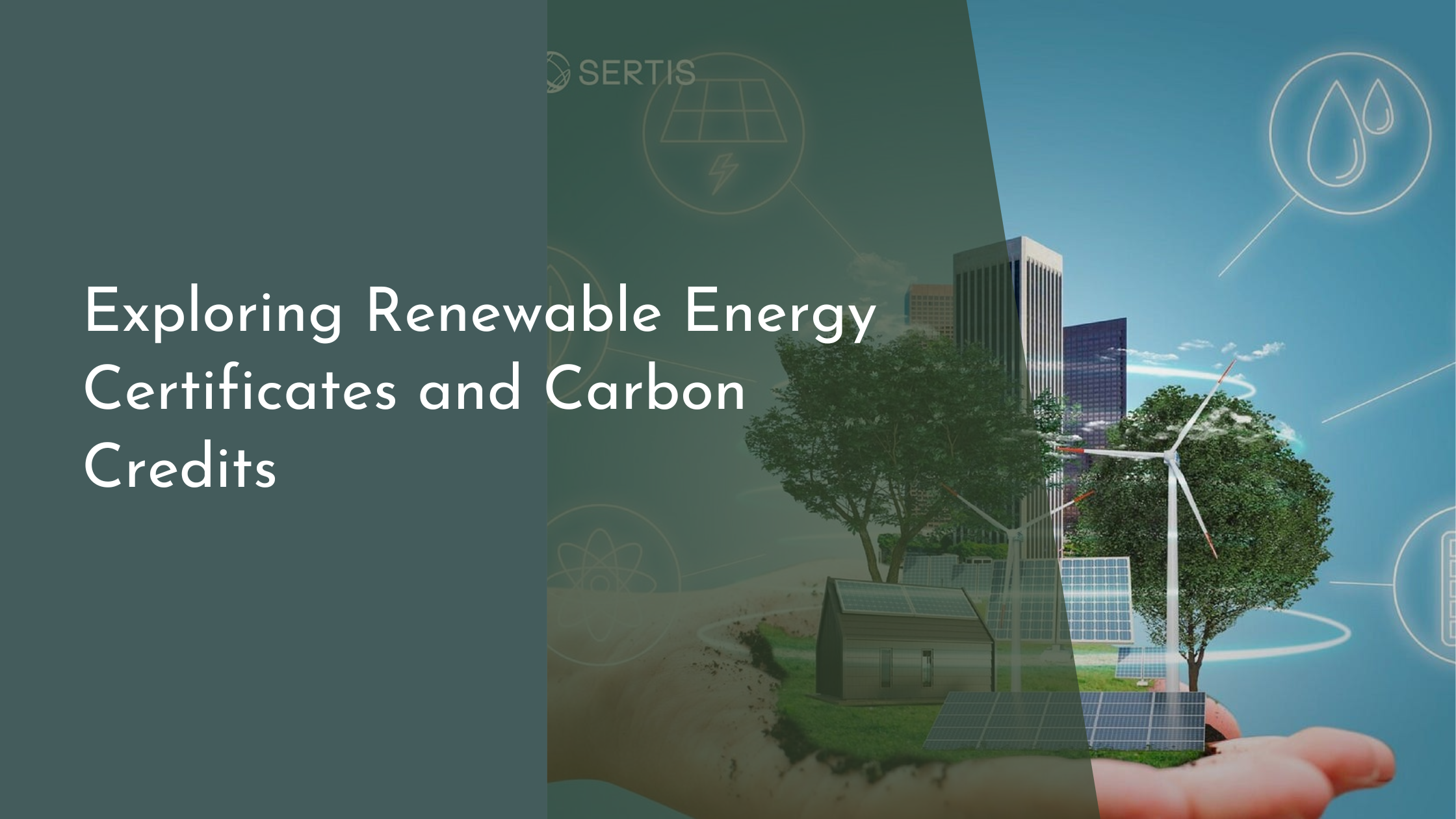Exploring Renewable Energy Certificates and Carbon Credits
As the global community becomes increasingly aware of the environmental implications of traditional energy sources, the demand for cleaner, more sustainable alternatives is on the rise. Renewable Energy Certificates (RECs) and Carbon Credits have emerged as two pivotal mechanisms in the pursuit of a greener planet. These instruments not only facilitate the transition to renewable energy but also foster accountability in carbon emissions. This article explores the fundamental aspects of RECs and Carbon Credits, highlighting their significance and benefits in fostering a sustainable future.
Understanding Renewable Energy Certificates
Renewable Energy Certificates (RECs) serve as tradable assets that represent proof that one megawatt-hour (MWh) of electricity was generated from a renewable energy resource. They provide a mechanism for individuals and businesses to claim usage of green energy, even if the physical power consumed cannot be directly traced to renewable sources. As an integral part of renewable energy markets, RECs enable the financing of green energy projects by providing additional revenue streams for renewable electricity producers. This, in turn, encourages the development of more projects, accelerating the transition to a sustainable energy future.
The value of RECs lies in their ability to bridge the gap between electricity producers and consumers committed to green initiatives. By purchasing RECs, companies and households can offset their carbon footprint and publicly demonstrate their commitment to sustainability. This creates a marketplace where demand for green energy can influence energy producers to invest more heavily in renewable technologies. Thus, RECs not only support green energy generation but also help foster a culture of environmental responsibility across industries.
The Role of Carbon Credits in Sustainability
Carbon Credits play a critical role in the global effort to reduce greenhouse gas emissions. They function as permits that allow the holder to emit a certain amount of carbon dioxide or other greenhouse gases. The goal is to cap and reduce the total level of emissions, incentivizing companies to adopt cleaner technologies and more efficient practices. Each Carbon Credit typically represents one ton of carbon dioxide emissions, and industries that exceed their emission caps must purchase additional credits from those who have reduced their emissions below the set limits.
By fostering a market-based approach to emission reductions, Carbon Credits encourage innovation and the adoption of sustainable practices. Companies that can effectively reduce their emissions can sell their surplus credits, creating a financial incentive to invest in greener technologies. This system not only helps to mitigate the impact of climate change but also drives industries towards more sustainable operations. Through the strategic use of Carbon Credits, businesses are motivated to reduce their environmental footprint and contribute positively to global sustainability efforts.
Benefits of Investing in Green Initiatives
Investing in green initiatives, such as purchasing RECs and Carbon Credits, offers a myriad of benefits beyond environmental impact. For businesses, these investments can enhance their corporate image and brand reputation, showcasing a commitment to sustainability that resonates with increasingly eco-conscious consumers. This alignment not only strengthens customer loyalty but can also create a competitive edge in the market. Moreover, companies committed to sustainability often experience increased employee satisfaction and retention, as workers take pride in being part of an organization that values environmental stewardship.
On a broader scale, investing in green initiatives can yield economic benefits through the creation of new industries and job opportunities in renewable energy sectors. As demand for sustainable technologies grows, so does the need for skilled labor and innovation, driving economic growth and resilience. Furthermore, these investments help to reduce dependency on fossil fuels, decreasing the volatility associated with traditional energy markets. By contributing to the development of a sustainable energy infrastructure, investors and companies alike play a crucial role in shaping a more stable and environmentally responsible future.
As we navigate the challenges of climate change and environmental degradation, Renewable Energy Certificates and Carbon Credits stand out as vital tools in steering our society towards a more sustainable path. By embracing these mechanisms, individuals, businesses, and governments can collaborate in reducing carbon footprints and fostering the growth of renewable energy. The transition to a sustainable future is not just a necessity; it is an opportunity to redefine our relationship with the planet, paving the way for innovative solutions and a healthier environment. Together, through informed choices and committed actions, we can embrace a future that prioritizes the well-being of both people and the planet.

